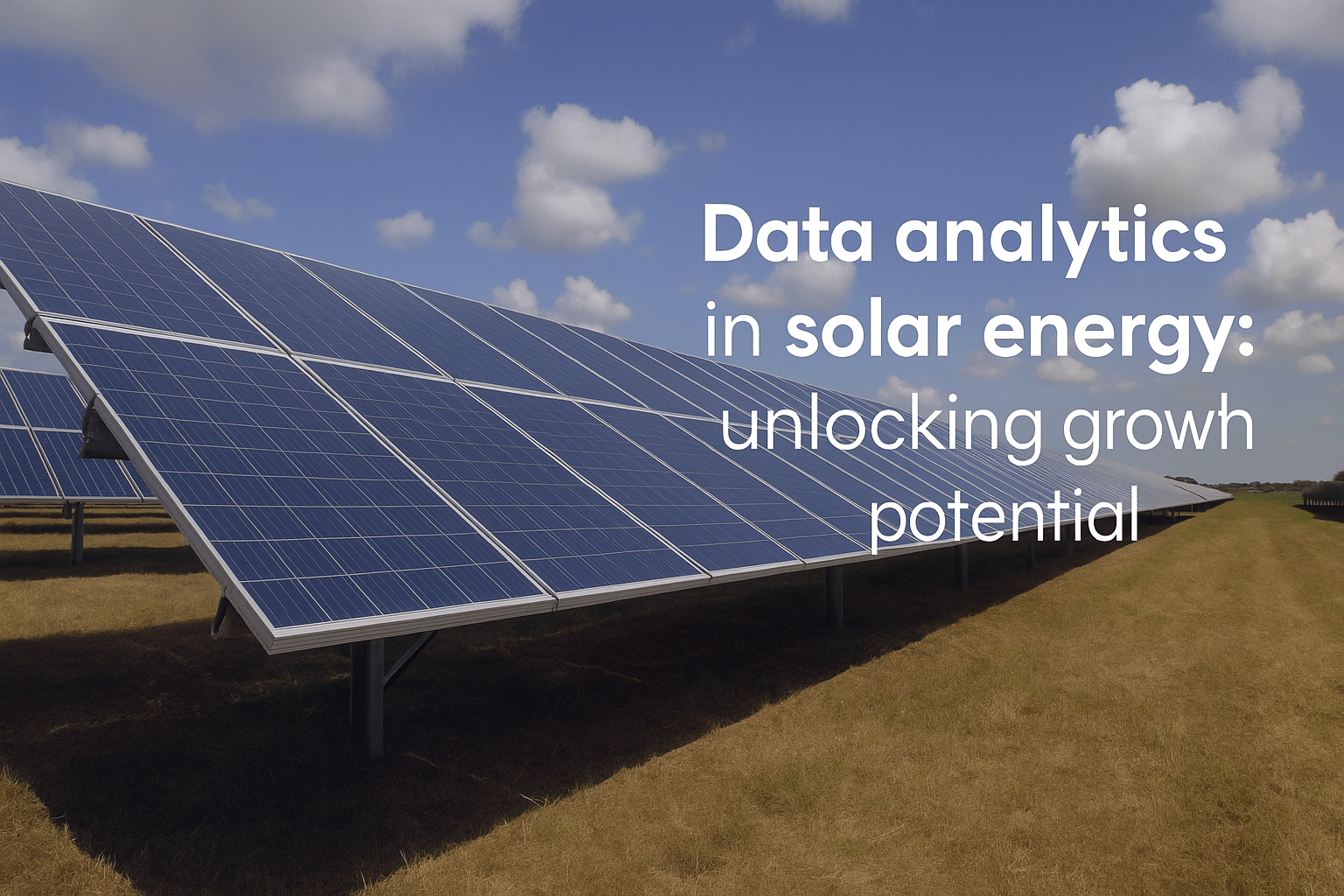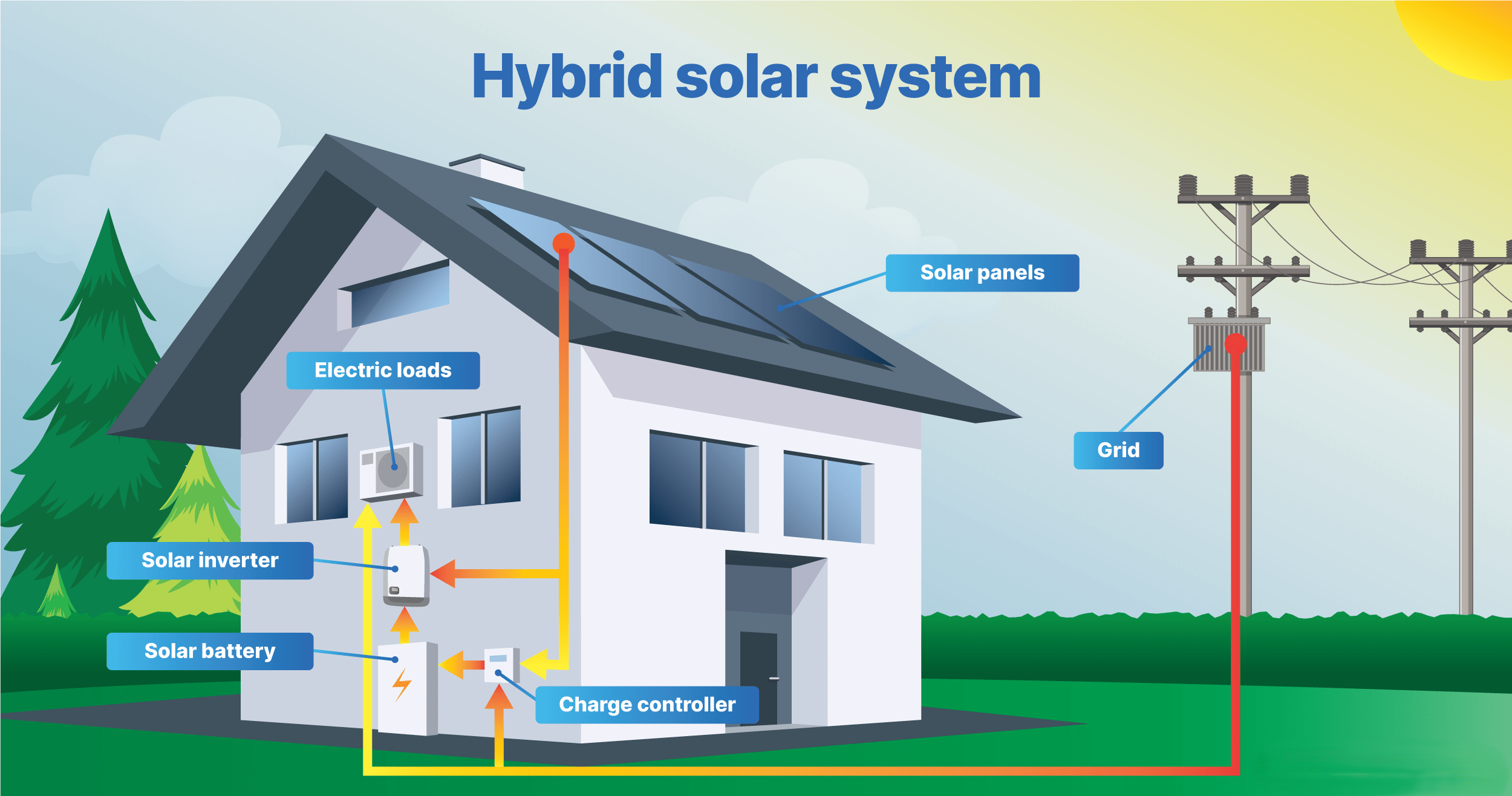In today’s fast-evolving solar industry, data has become the new sunlight — illuminating business opportunities, optimizing performance, and driving smarter decisions. From predicting energy output to improving sales efficiency, data analytics is transforming how solar companies grow and compete.
Whether you’re a solar installer, distributor, or technology provider, understanding and leveraging data analytics can be the key to scaling your solar business sustainably and profitably.
What Is Data Analytics in the Solar Industry?
Data analytics refers to the collection, processing, and interpretation of large volumes of information to uncover actionable insights.
In the solar sector, data analytics can cover:
• Energy production performance from panels and inverters
• Customer behavior and lead trends
• Market and policy analysis
• Financial forecasting and ROI estimation
• Predictive maintenance of solar assets
By analyzing this data, companies can make smarter, faster, and more profitable decisions — instead of relying on guesswork.
Enhancing Operational Efficiency:
Solar businesses rely on multiple moving parts — from procurement to installation to maintenance. Data analytics streamlines each of these processes.
How It Helps:
• Performance Monitoring: Track energy generation, system uptime, and faults in real time.
• Predictive Maintenance: Use analytics to detect issues before they escalate, minimizing downtime.
• Inventory Optimization: Analyze past installation data to maintain the right stock levels.
• Crew Scheduling: Optimize workforce allocation using data on location, time, and project size.
Improving Sales and Marketing Performance:
Data analytics enables solar companies to target the right audience, personalize their marketing, and optimize conversions.
Applications in Solar Sales:
• Lead Scoring: Identify high-potential leads based on location, income, and energy consumption data.
• Campaign Optimization: Track which digital ads or keywords generate the best ROI.
• Customer Insights: Understand what motivates homeowners — savings, sustainability, or incentives.
• Forecasting Demand: Predict seasonal or regional trends in solar adoption.
Financial Forecasting and ROI Modeling:
For scaling solar companies, financial analytics ensures capital is invested wisely.
Key Insights Gained:
• Cost vs. Revenue Analysis: Identify profitable markets and optimize pricing strategies.
• Project Viability Forecasts: Simulate ROI across multiple customer profiles.
• Loan and Incentive Tracking: Monitor the impact of federal and state policies on margins.
• Budget Allocation: Optimize marketing and installation budgets based on data trends.
Enhancing Energy Output with Performance Analytics:
Solar systems continuously generate data from smart meters, sensors, and monitoring platforms.
Benefits of Performance Analytics:
• Real-time Tracking: Identify underperforming panels or strings.
• Weather Pattern Analysis: Correlate sunlight availability with production trends.
• Benchmarking: Compare system performance across different sites or technologies.
• Energy Yield Optimization: Recommend adjustments to maximize efficiency.
Predictive Analytics for Business Growth:
Predictive analytics uses AI and machine learning to forecast future outcomes based on historical data.
In Solar, It Can Predict:
• Customer acquisition cost trends
• Equipment degradation and maintenance needs
• Market demand by region
• Optimal pricing and financing options
Supporting Policy Compliance and Sustainability Reporting:
With governments tightening renewable energy regulations, data analytics helps companies stay compliant and transparent.
How It Supports:
• Automates sustainability reporting (carbon offset, generation reports)
• Tracks regional compliance for solar incentives or renewable credits
• Provides accurate impact data for ESG (Environmental, Social, and Governance) reporting
Enabling Smarter Business Decisions:
Ultimately, data analytics empowers leadership teams to make strategic decisions with clarity and confidence.
Key Strategic Benefits:
• Identify high-growth markets before competitors
• Adjust pricing and incentives dynamically
• Forecast long-term revenue streams
• Prioritize expansion based on data-driven insights
Conclusion:
In the renewable energy revolution, data is the driving force behind growth. Solar companies that master data analytics will scale faster, operate more efficiently, and deliver greater value to customers.
By integrating analytics into every part of the business — from marketing to maintenance — solar firms can achieve the perfect balance of profitability, performance, and sustainability.




